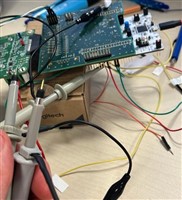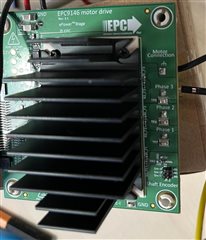Other Parts Discussed in Thread: INA241A,
Dear Texas Instruments Customer Service,
I hope this message finds you well. I am reaching out to seek some clarification regarding an observation I have made with the INA240A2PWR current-sense amplifier in our recent project implementation.
We have set up the INA240A2PWR in our circuit as per the application schematic provided in the datasheet. In our oscilloscope measurements, the green and yellow traces represent the potentials before and after the shunt resistor, respectively, and the purple trace is the differential signal. The output from the INA240A2PWR is displayed in pink/red. 
While reviewing the output, I noticed that the peaks at the INA240A2PWR's output exhibit a duration that is an order of magnitude larger than the typical response shown in the datasheet. Specifically, the peaks in the datasheet appear to be around 1 µs, whereas in our measurements, they are about 10 µs.
Could this discrepancy in peak duration be attributed to the PWM rejection capability of the device, or might there be another factor at play here? Any insights you could provide on whether this behavior is expected, or if it indicates a potential issue, would be greatly appreciated.
I am implementing field-oriented control using the circuit and an STM32G4 microcontroller. I have noticed that at switching frequencies above 25 kHz, the current measurement starts to become increasingly noisy. The rapid switching causes an overlay of peaks at the output of the INAs.
Inline current sensing:
INA240A2PWR:
Before the SHUNT is an EMI-Filter:






